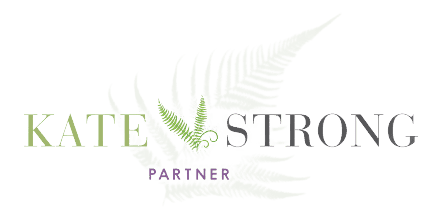
Unveiling the Complexities of Trauma Bonding: Understanding Its Impact on Relationships
Trauma bonding, a concept deeply rooted in psychology, refers to the powerful emotional connection formed between individuals as a result of shared traumatic experiences or abusive relationships. This bond, often perplexing and paradoxical, intertwines elements of fear, dependency, and a strong attachment to the perpetrator, creating a complex dynamic that can endure even in toxic or harmful relationships.
The Nature of Trauma Bonding
Trauma bonding evolves from intense, unpredictable, and often conflicting emotions experienced within a traumatic or abusive relationship. The abuser alternates between moments of kindness and cruelty, fostering a rollercoaster of emotions for the victim. This cycle of abuse creates a profound emotional attachment, leaving the victim emotionally entangled and often unable to break free.
Psychological Mechanisms at Play
Psychologically, trauma bonding operates through several mechanisms. One primary element is intermittent reinforcement—a psychological principle wherein sporadic acts of kindness or affection from the abuser create a stronger emotional attachment. This intermittent reinforcement reinforces the belief that the abuser has the power to provide relief from the trauma they inflict.
Dependency and Survival Mechanisms
Victims of trauma bonding may develop a dependency on their abuser for emotional support or validation. This dependency, combined with fear of retaliation or isolation, can trap individuals in a cycle of abuse. Surviving in an environment where the abuser controls aspects of the victim’s life, such as finances or social interactions, reinforces the perceived necessity of the bond for survival.
Impact on Relationships and Emotional Well-being
Trauma bonding significantly impacts relationships and emotional well-being. Victims may struggle to recognize the abusive nature of the relationship due to the strong emotional connection formed. Feelings of shame, guilt, and confusion often accompany trauma bonding, leading individuals to blame themselves or rationalize the abuser’s behavior.
Breaking the Cycle: Healing and Recovery
Breaking free from trauma bonding requires a comprehensive approach involving recognition, support, and professional intervention. Acknowledging the existence of the trauma bond and understanding its dynamics is a crucial first step. Seeking support from trusted friends, family, or mental health professionals can provide guidance and a supportive environment for healing.
Rebuilding Self-Esteem and Establishing Boundaries
Rebuilding self-esteem and setting boundaries are essential in recovering from trauma bonding. Engaging in self-care practices, exploring personal interests, and nurturing a positive self-image are crucial steps in regaining autonomy and confidence. Establishing clear boundaries and prioritizing personal well-being are pivotal in breaking the cycle of abuse.
Seeking Professional Help and Support
Professional intervention through therapy or counseling plays a fundamental role in overcoming trauma bonding. Therapists specializing in trauma can provide tools and techniques to address the psychological impact of trauma bonding, empowering individuals to heal and rebuild their lives outside the cycle of abuse.
Conclusion: Empowerment Through Awareness and Healing
In conclusion, trauma bonding represents a complex and challenging dynamic prevalent in abusive or traumatic relationships. Understanding the psychological mechanisms at play, acknowledging its impact, and seeking support are crucial steps toward breaking free from the cycle of trauma bonding. By fostering self-awareness, establishing boundaries, and seeking professional help, individuals can embark on a journey of healing, reclaim their autonomy, and build healthier, nurturing relationships.






Post a Comment